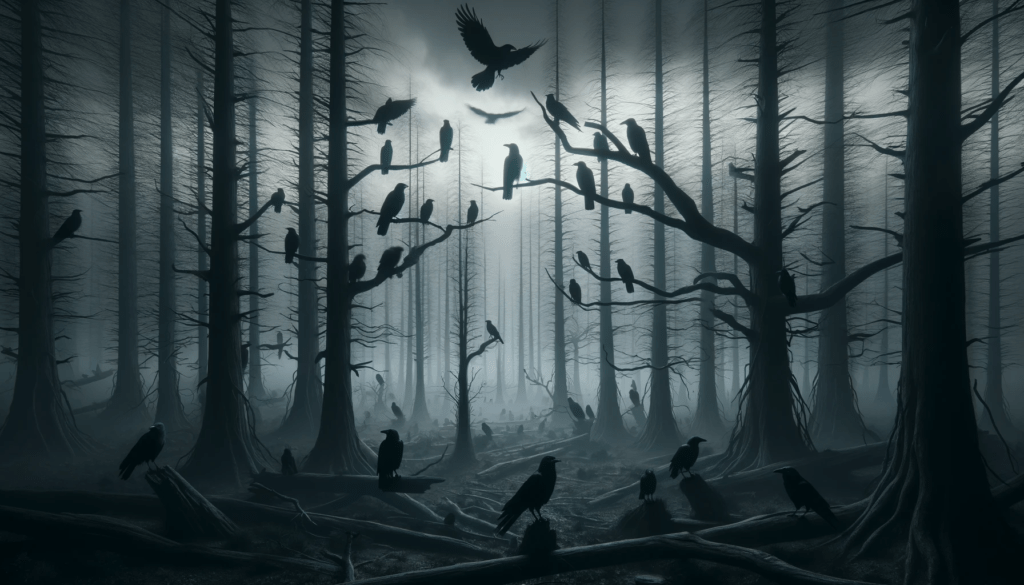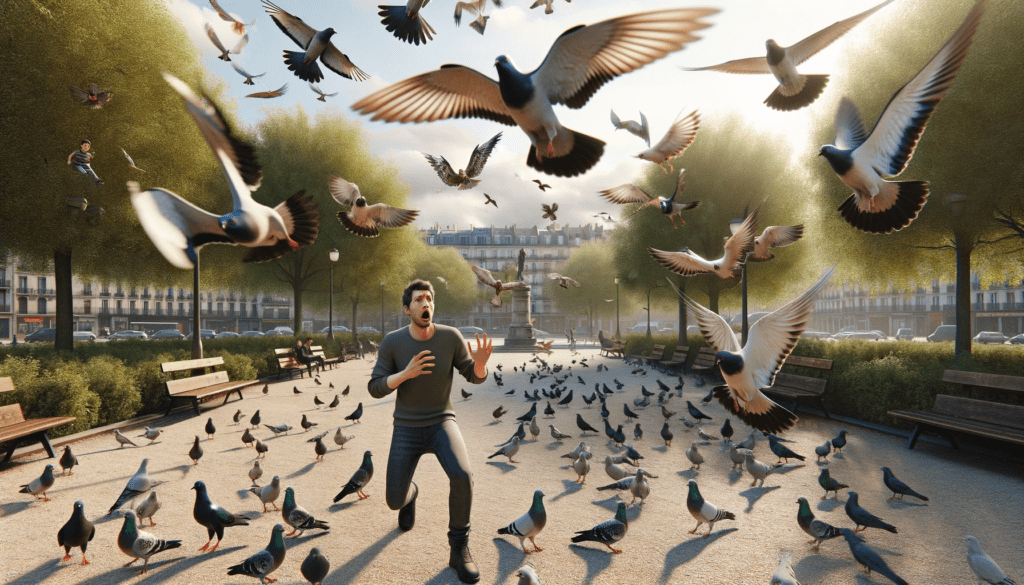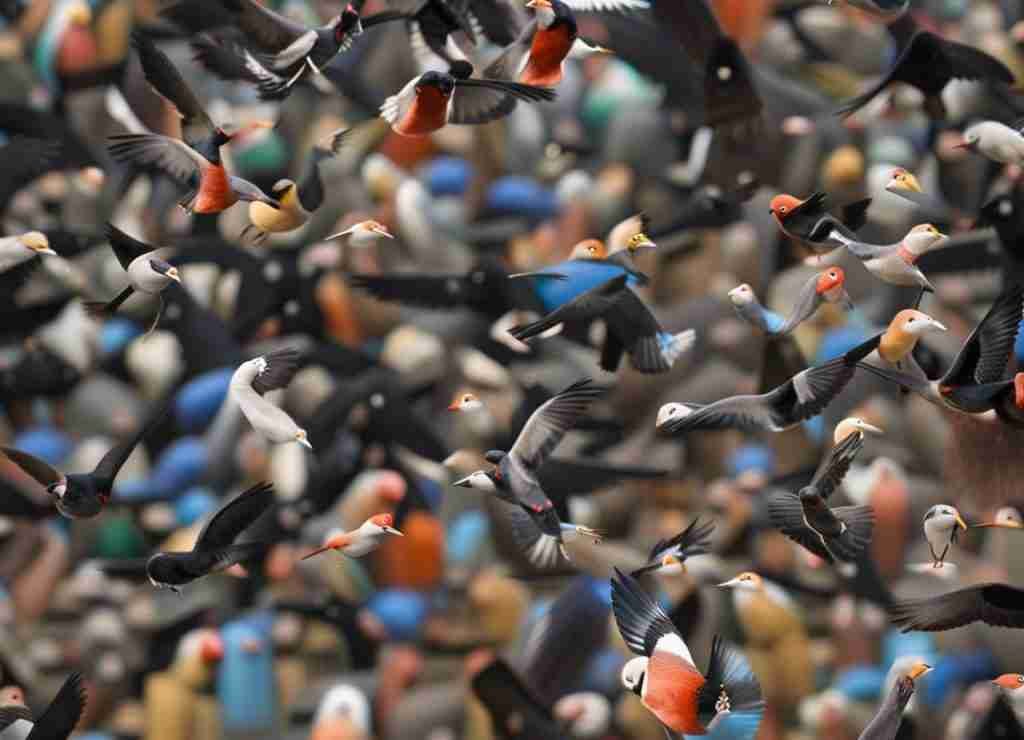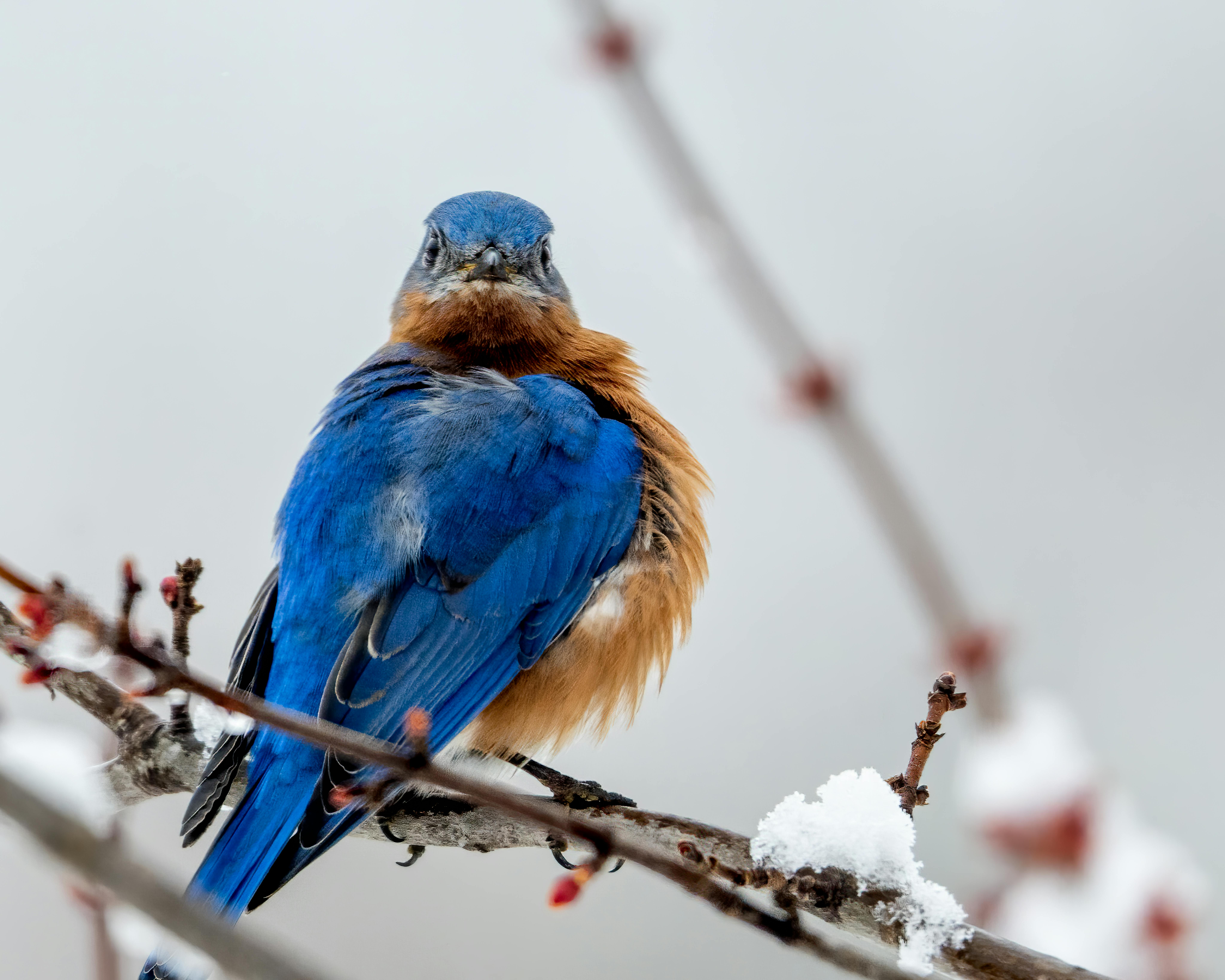[et_pb_section fb_built=”1″ _builder_version=”4.16″ global_colors_info=”{}”][et_pb_row _builder_version=”4.16″ background_size=”initial” background_position=”top_left” background_repeat=”repeat” global_colors_info=”{}”][et_pb_column type=”4_4″ _builder_version=”4.16″ custom_padding=”|||” global_colors_info=”{}” custom_padding__hover=”|||”][et_pb_text admin_label=”Intro” _builder_version=”4.23.1″ _module_preset=”default” global_colors_info=”{}”]
Are you struggling with a fear of birds? Does the mere thought of going outside or even eating chicken fill you with dread? Well, fear no more! In this article, we will address bird phobias and provide you with simple tips to overcome your fear.
Bird phobias, known as ornithophobia, are not innate but rather learned behaviors or a result of negative encounters. By understanding the origin of your fear and changing your perception, you can alleviate your phobia. Negative encounters with birds, exposure to movies featuring birds, and childhood experiences are common causes of bird phobias.
It’s important to recognize that birds are not interested in attacking; they are simply trying to flee. By being fair and compassionate towards birds, you can start to change your perspective. Seeking professional help and utilizing a five-step formula can greatly aid in addressing your phobia. So, if you’re ready to conquer your fear and enjoy the beauty of nature, continue reading for some valuable insights!
[/et_pb_text][pac_divi_table_of_contents default_state=”closed” included_headings=”on|on|on|off|off|off” level_markers_1=”none” level_markers_2=”none” level_markers_3=”none” _builder_version=”4.23.1″ _module_preset=”default” hover_enabled=”0″ global_colors_info=”{}” sticky_enabled=”0″][/pac_divi_table_of_contents][et_pb_text _builder_version=”4.23.1″ background_size=”initial” background_position=”top_left” background_repeat=”repeat” global_colors_info=”{}”]
I. Understanding Bird Phobias

A. Definition of ornithophobia
If you have a fear of birds, you may be experiencing what is known as ornithophobia. This specific phobia can make going outside and even eating chicken quite difficult. A phobia is an extreme and irrational fear of a specific object, situation, or activity. Ornithophobia falls into this category, as individuals with this fear experience intense anxiety and panic when confronted with birds.
B. Phobias as learned behavior or a result of negative encounters
It’s important to note that no one is born with a phobia. Rather, they develop as a result of learned behavior or negative encounters. For example, you may have developed ornithophobia after witnessing someone else’s fear or experiencing a distressing event involving birds. These learned behaviors and negative encounters can shape our perception of birds and contribute to the development of a phobia.
C. Impact of bird phobias on daily life
Bird phobias can have a significant impact on daily life. They can make simple, everyday activities challenging and induce feelings of fear, anxiety, and panic. For example, individuals with ornithophobia may avoid going for walks outside, dining at outdoor restaurants, or even visiting places where birds are commonly found. This fear can also extend to other objects associated with birds, such as feathers or feather dusters, further limiting one’s ability to engage in regular activities.
II. Origins of Bird Phobias
A. Negative encounters with birds
Negative encounters with birds, whether real or perceived, often play a role in the development of bird phobias. This could include being swooped at by a bird, witnessing aggressive behavior from a bird, or even observing others’ fearful reactions to birds. These experiences can create a sense of fear and danger associated with birds, leading to the development of a bird phobia.

B. Influence of films featuring birds
The media, including films, can also contribute to the development of bird phobias. Movies like Alfred Hitchcock’s “The Birds” have been known to instill fear in individuals. Especially if watched at a young age, these films can create lasting impressions and associations between birds and danger. It’s crucial to recognize that movies are fictional and designed to evoke fear, not necessarily reflect reality.
C. Childhood experiences and their role
Childhood experiences can have a profound impact on the development of phobias, including bird phobias. Traumatic or distressing encounters with birds during childhood, such as being attacked or chased, can shape an individual’s perception of birds and create a lasting fear response. It’s important to identify and address these early experiences to overcome bird phobias effectively.
III. Changing Perspective: Birds as Fleeing, Not Attacking

A. Understanding the behavior of birds
It’s crucial to understand the behavior of birds to change your perspective on them. Despite their sometimes intimidating appearance, birds are not interested in attacking humans. Instead, they are usually trying to flee from perceived threats. Their natural instinct is to fly away and avoid conflict. Recognizing this can help alleviate fears and shift the perception of birds as aggressive and dangerous creatures.
B. Positive impacts of birds on ecosystems
Birds play a vital role in ecosystems and have numerous positive impacts. They help control pest populations by feeding on insects and rodents, reducing the need for harmful pesticides. Birds also assist in pollinating plants and dispersing seeds, aiding in the growth and diversity of flora. Their presence can even revitalize struggling ecosystems. Understanding these benefits can help foster appreciation and admiration for birds.




C. Birds as an early warning system for climate change
Birds are incredibly sensitive to changes in their environment, making them an early warning system for climate change. Their migration patterns and nesting behavior can provide valuable insights into shifts in temperature and habitat availability. By studying bird behaviors, scientists can better understand and address the impacts of climate change. Recognizing birds’ important role in monitoring the health of our planet can help overcome bird phobias.
IV. Alleviating Fear through Compassion
A. Recognizing the importance of birds in nature
Developing an appreciation for the importance of birds in nature can help alleviate fear. Birds contribute to the balance and functioning of ecosystems, helping to maintain biodiversity and support other species. By recognizing their role in the natural world, we can shift our perspective from fear to admiration.
B. Fair treatment and ethical considerations
Treating birds with fairness and ethical consideration can also alleviate fear. It’s essential to remember that birds are sentient beings capable of experiencing fear and distress. Avoid engaging in activities that may cause unnecessary harm or stress to birds, such as disrupting their nests or habitats. By practicing compassion towards birds, we can develop a more positive and empathetic attitude towards them.
C. Developing empathy towards birds
Developing empathy towards birds involves putting oneself in their position and imagining their experiences. Trying to understand their perspective and emotional state can help reduce fear and increase compassion. Recognize that birds, like humans, have their own motivations and survival instincts. Developing empathy towards birds can lead to a more positive and empathetic relationship with them.
V. Seeking Professional Help
A. Importance of professional guidance
If you are struggling with a bird phobia, seeking professional guidance is essential. Mental health professionals, such as therapists or counselors, specialize in helping individuals overcome phobias and anxiety disorders. They can provide personalized strategies and support tailored to your specific needs. Professional guidance is particularly important when dealing with deep-rooted fears, traumatic experiences, or severe phobias that significantly impact daily life.
B. Benefits of therapy in addressing phobias
Therapy can offer numerous benefits in addressing bird phobias. Cognitive-behavioral therapy (CBT) is a common therapeutic approach used to treat phobias. It helps individuals identify and challenge irrational thoughts and beliefs associated with their fear of birds. Through exposure therapy, individuals gradually confront their fear in a safe and controlled environment, helping to desensitize their responses. Therapists can provide guidance, support, and tools to help individuals overcome their bird phobias and regain control over their lives.
C. Utilizing a five-step formula for overcoming bird phobias
The Speakmans, leading life change therapists, suggest a five-step formula for overcoming bird phobias. This process involves identifying the origin of the fear, changing perspective, understanding the positive aspects of birds, developing compassion, and seeking professional help. By following these steps, individuals can gradually overcome their phobia and reduce the impact it has on their daily lives.
VI. Conclusion
Living with a bird phobia can be challenging, but it’s important to remember that it is possible to overcome this fear. By understanding the origins of bird phobias, changing our perspective on birds, and seeking professional help when needed, we can gradually alleviate our fears and develop a more positive relationship with these remarkable creatures. Remember, birds are not interested in attacking us—they are simply trying to flee. With compassion, understanding, and the right support, you can overcome your bird phobia and regain a sense of peace and freedom in your daily life.
[/et_pb_text][/et_pb_column][/et_pb_row][/et_pb_section]



